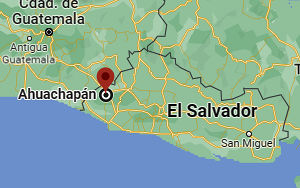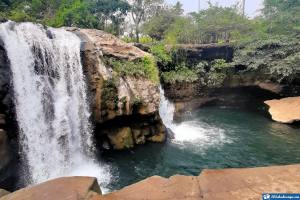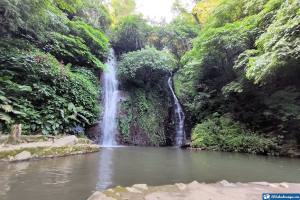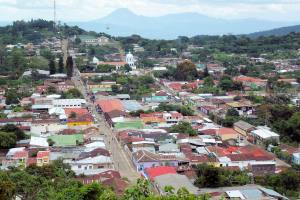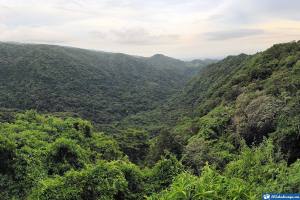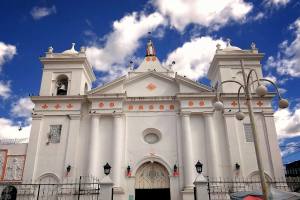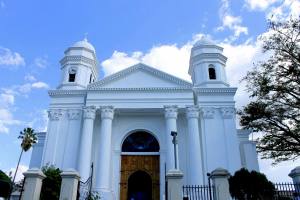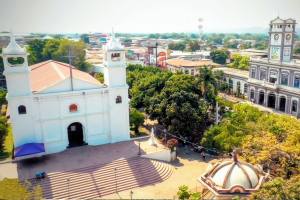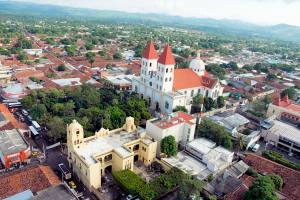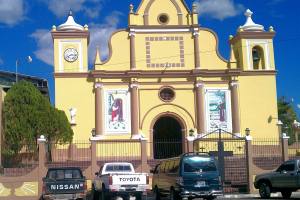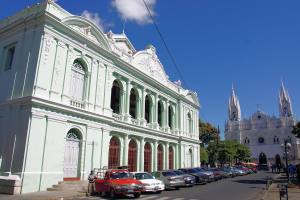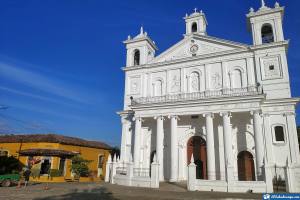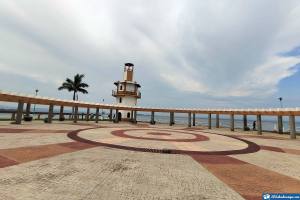El Salvador is a magical country full of great stories dating back centuries. Its natural, ethnic and cultural richness is unmatched; an example is the Ahuachapán Department. It has also become one of the favorite tourist destinations for nationals and foreigners.
And it could not be otherwise because Ahuachapán is the most beautiful landscape in El Salvador. Rivers, mountains, lagoons, and a coastal area bordering the Pacific Ocean. In addition to parks, customs and exquisite cuisine that you can not miss.
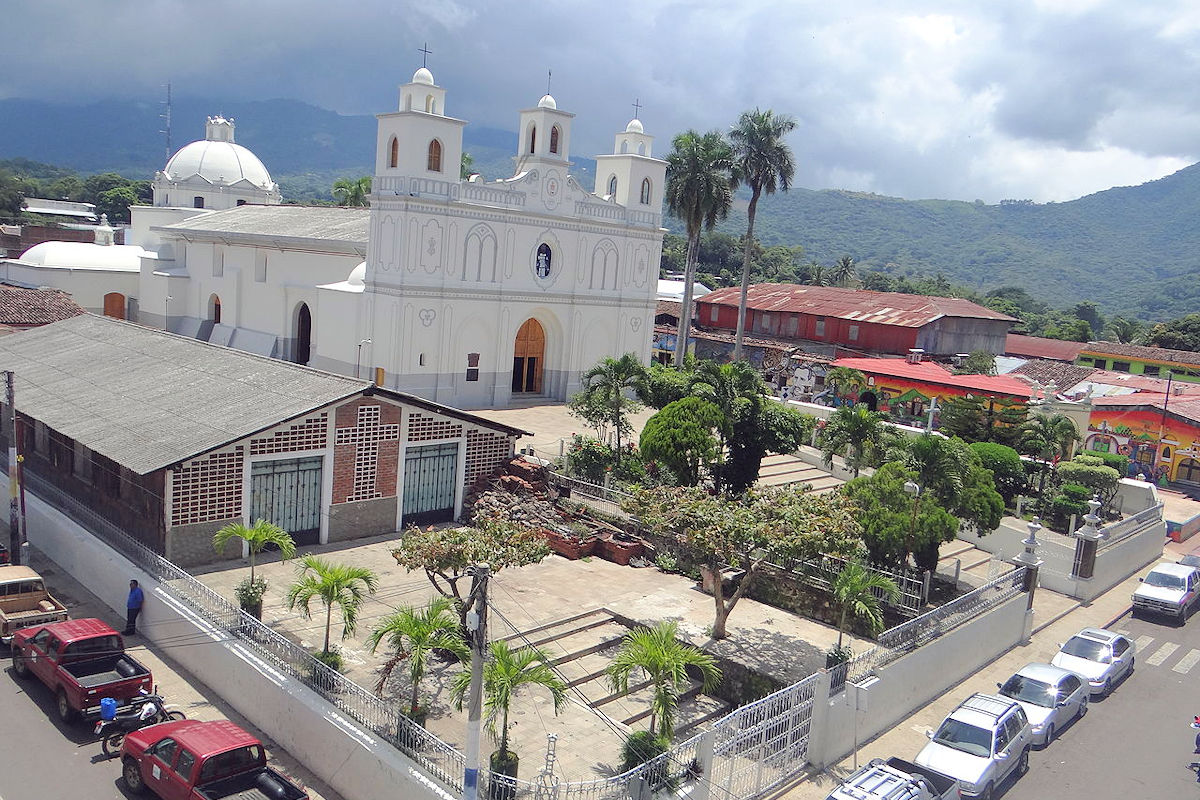
AHUACHAPÁN - Departments of El Salvador. Photo by Daniel Ramos. Wikimedia Commons.
If you want to know all the details of what Ahuachapán departments can offer, read what we present below.
Data from Ahuachapán Department
| Country: | El Salvador |
|---|---|
| Category: | Departments |
| Elevation: | 799 meters |
| Superface: | 244,8km² |
| Population: | 129.750 |
| Gentilic: | Ahuachapaneco |
What to see and do in the Ahuachapán Department
Diversity in activities and tourist sites is what characterizes Ahuachapán Department. Here you can find pre-Columbian constructions, and from the time of the conquest, many of them were considered monuments of great importance to the nation.

Additionally, you will have the opportunity to enjoy natural environments surrounded by beautiful landscapes. There are thermal pools, lakes, and waterfalls. A beautiful park in the center of the city, its church was built more than a century ago, and the Durán Arch was declared a historical heritage.
But if you go through El Pasaje de la Concordia, you will have the opportunity to see the most colorful area of the city. It also has places to stay and a great variety of restaurants where you can taste the region’s typical dishes.
Monuments and sites of interest
Ahuachapán Department, 100 km from the capital of El Salvador, is a city full of history. The Nuestra Señora de La Asunción Church, the Durán Arch, and the House of Culture are among its monuments. Dámaso Aguilar built the last two.

There is also Francisco Menéndez Park, where a monument has been placed in honor of the former president. Another park of great importance is the Parque de la Concordia, recognized in the city for being dedicated to the family.
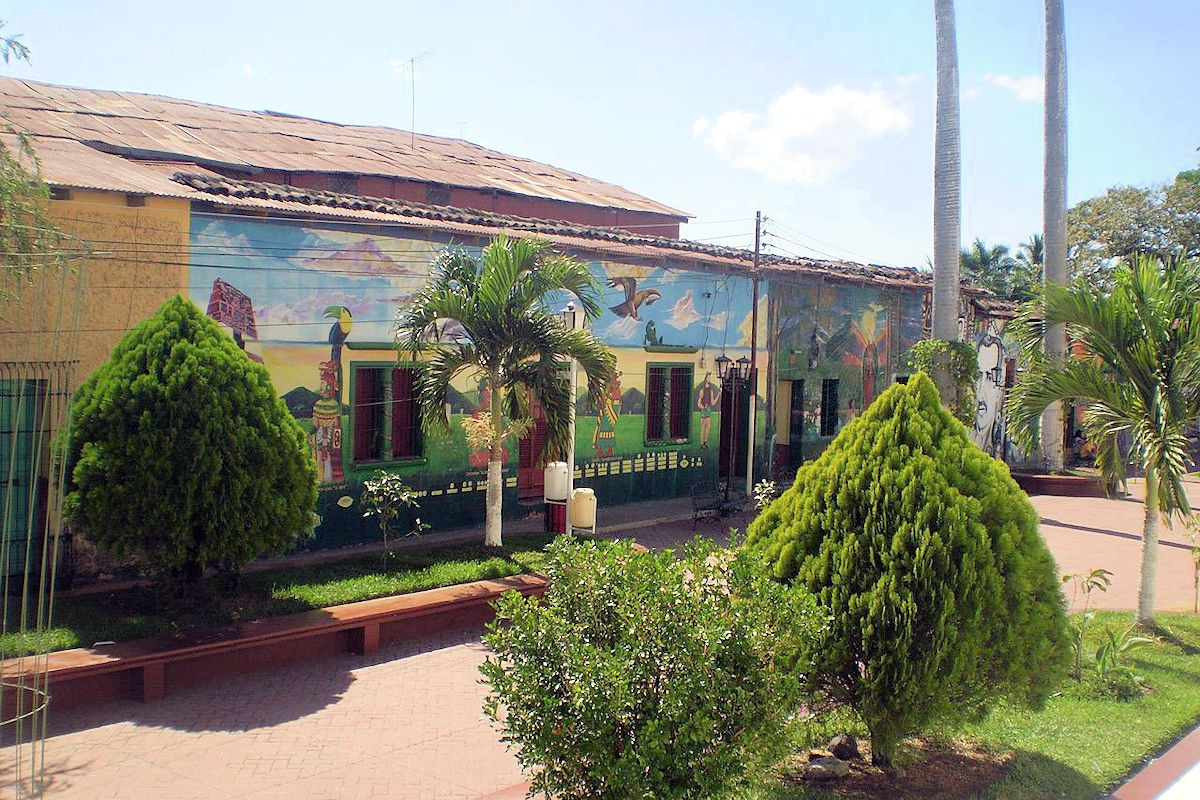
Just on the route of this park, you will find El Pasaje La Concordia, through which you can take a unique tour of the city’s most emblematic streets. If you want to learn more about the region’s culture, you can not miss Casa la Atarraya.
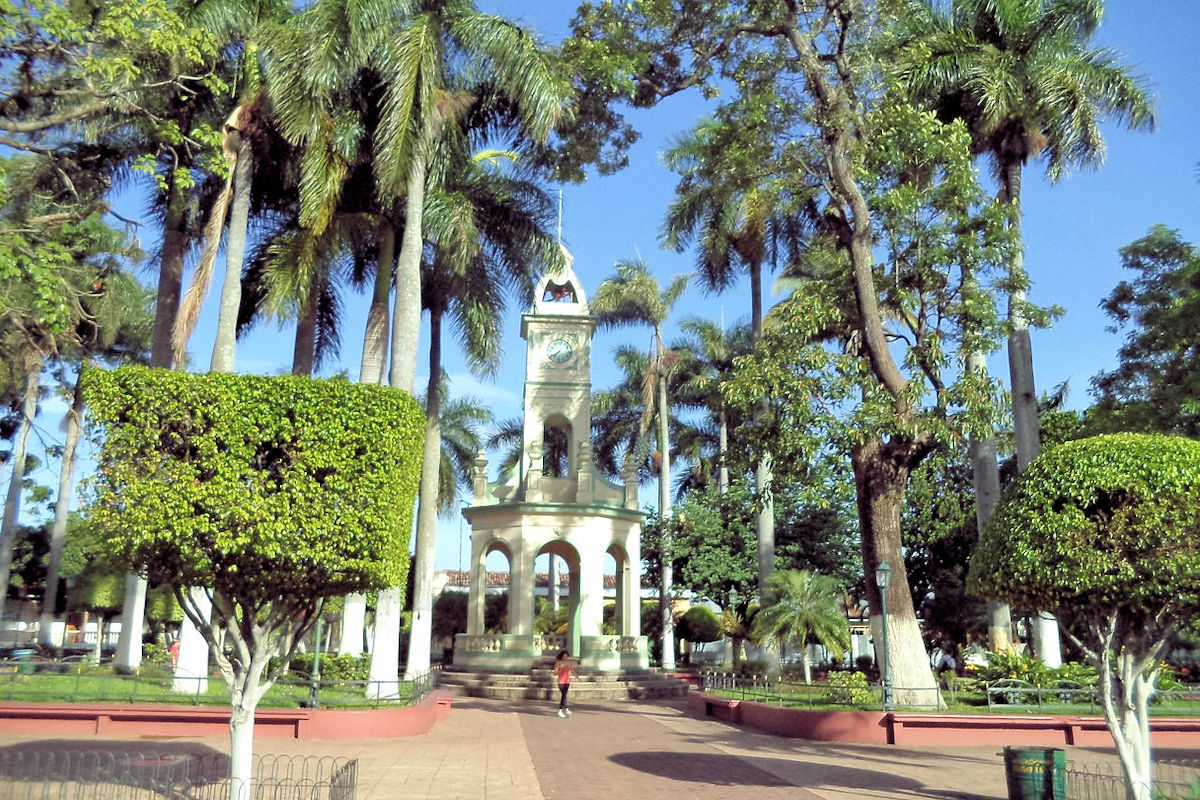
But if you also want to travel back in time, the streets of the municipality of Tacuba will surprise you. There you will find the ruins of the old Church of Santa Lucia, built in 1600, and buildings that date back to that time.
Attractive places to visit
Now that you know the emblematic monuments of the Ahuachapán Department, it is time to talk about its natural attractions. It starts with the region’s lagoons, such as Laguna Las Ninfas, Laguna Bijagual, and Laguna Verde. As well as Laguna El Espino, El Llano and Morán.
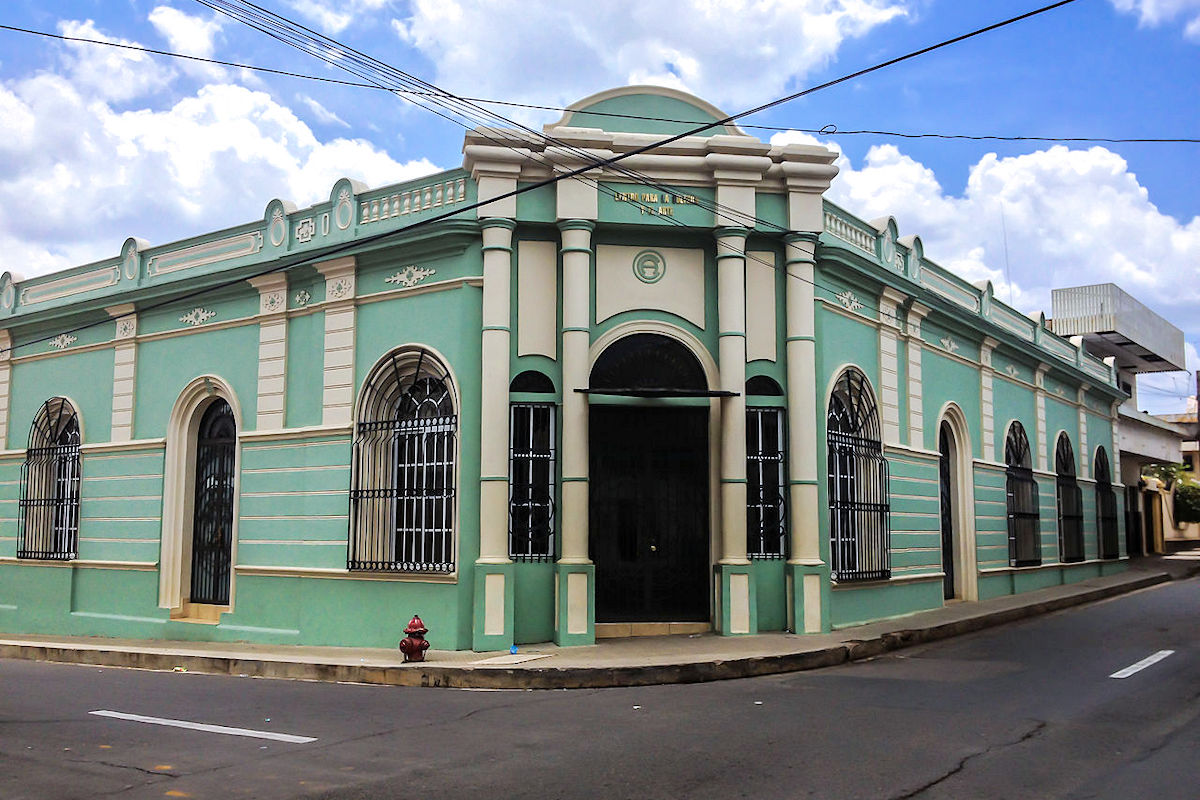
You can also find the Atenuecillas Waterfalls, Don Juan Waterfalls, and the Salto de Malacatiupán, and enjoy the main tributary of the La Paz River. It was preceded by others, such as the San Pedro River. While the Rio Grande is located right on the border between Ahuachapán and Sonsonate.
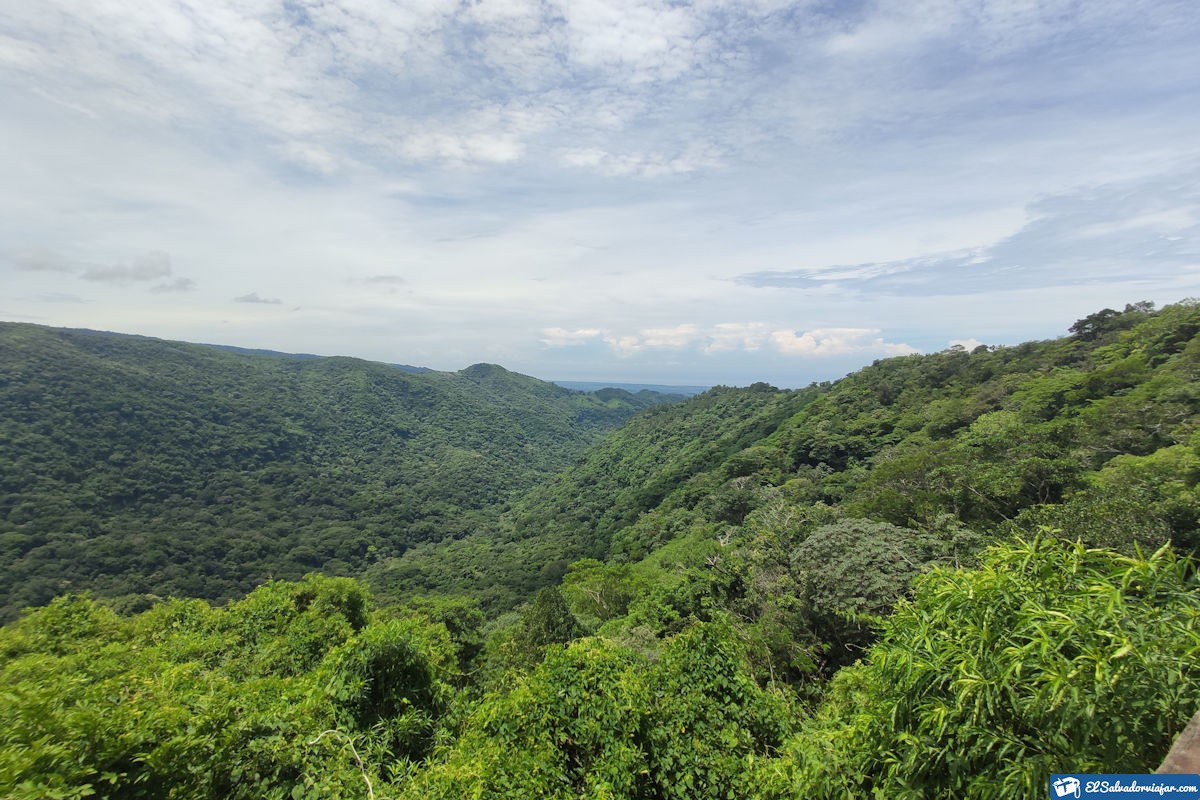
Following the route, we find the National Park El Imposible, with an unparalleled view of the surroundings. From its viewpoint, you can appreciate a biodiversity-rich landscape, ideal for ecotourism.
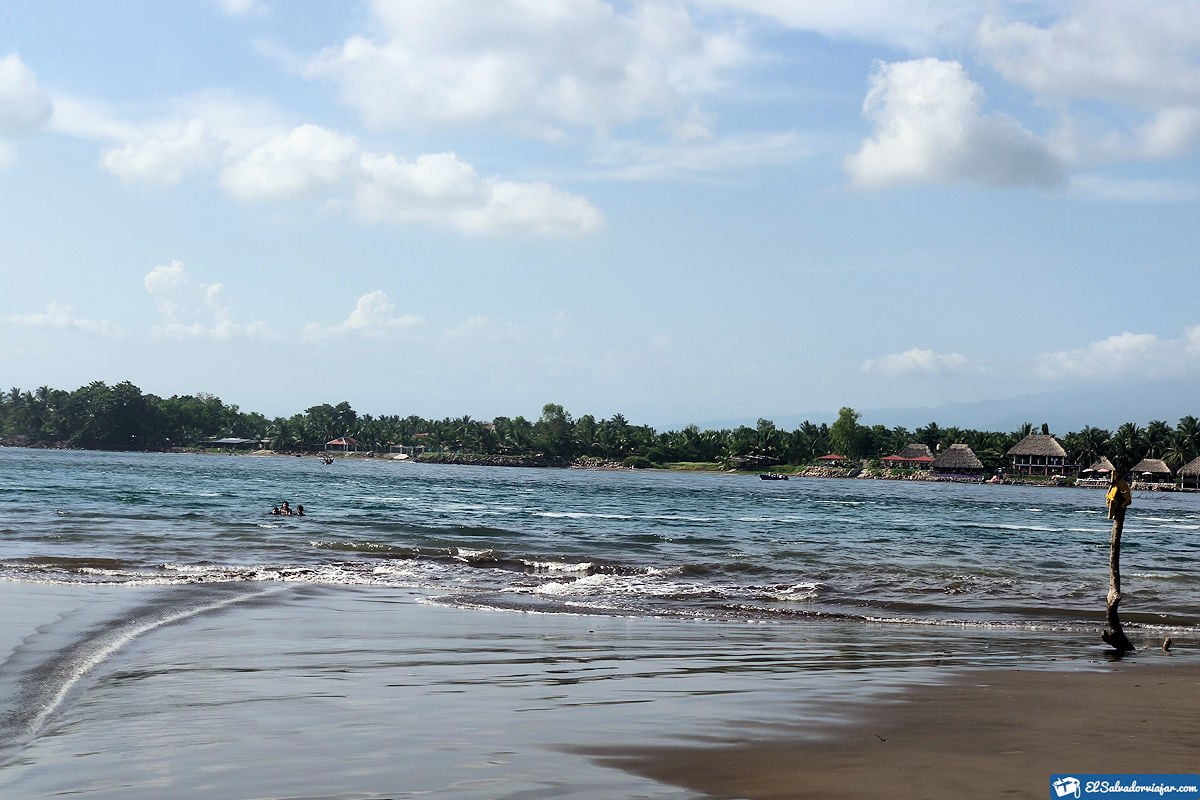
Now, if you want to do beach tourism, the best is Barra de Santiago. However, you can also choose between Barra de Sandiego and Bola de Monte. But if this is not enough, the Ahuachapán Department holds a unique wonder.
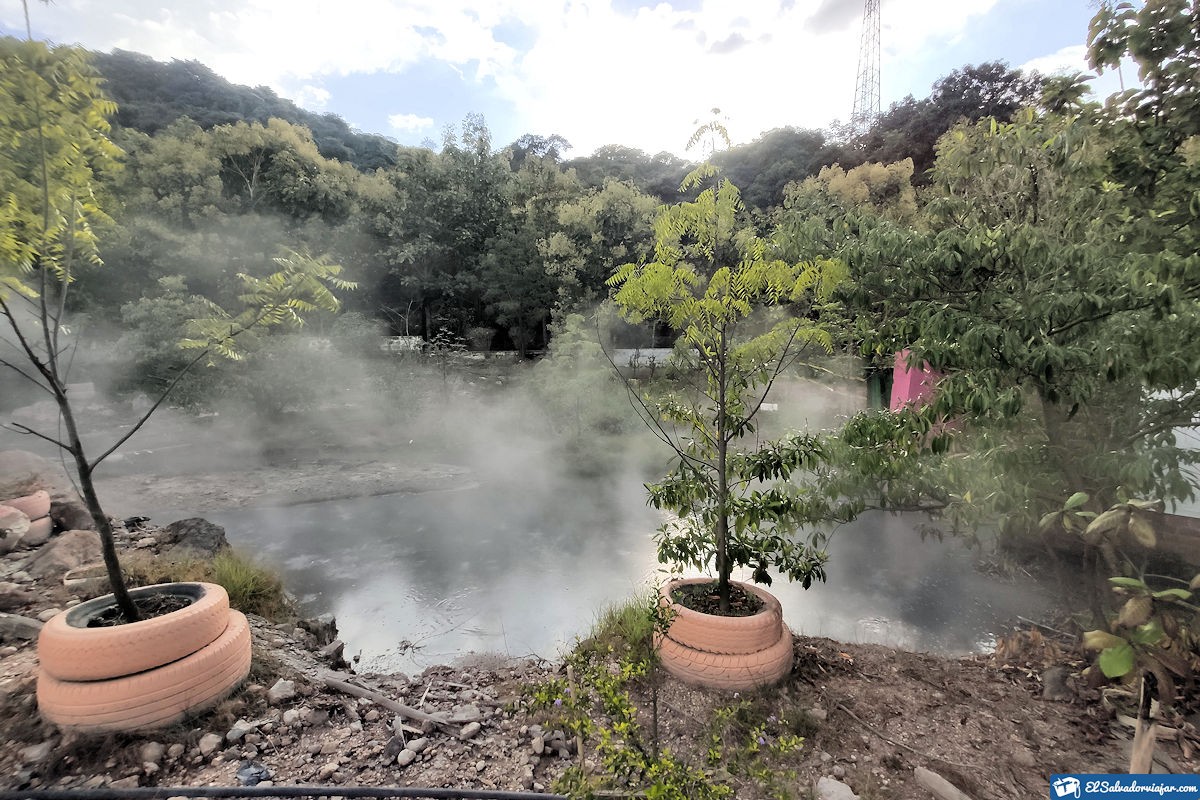
It is the geysers found in its interior, called Los Ausoles. These have allowed Ahuachapán to be known as the City of Ausoles. These are the Playón de Ahuachapán, Agua Shuca, Santa Teresa thermals, and Las Termopilas. From which originates a great variety of thermal pools.
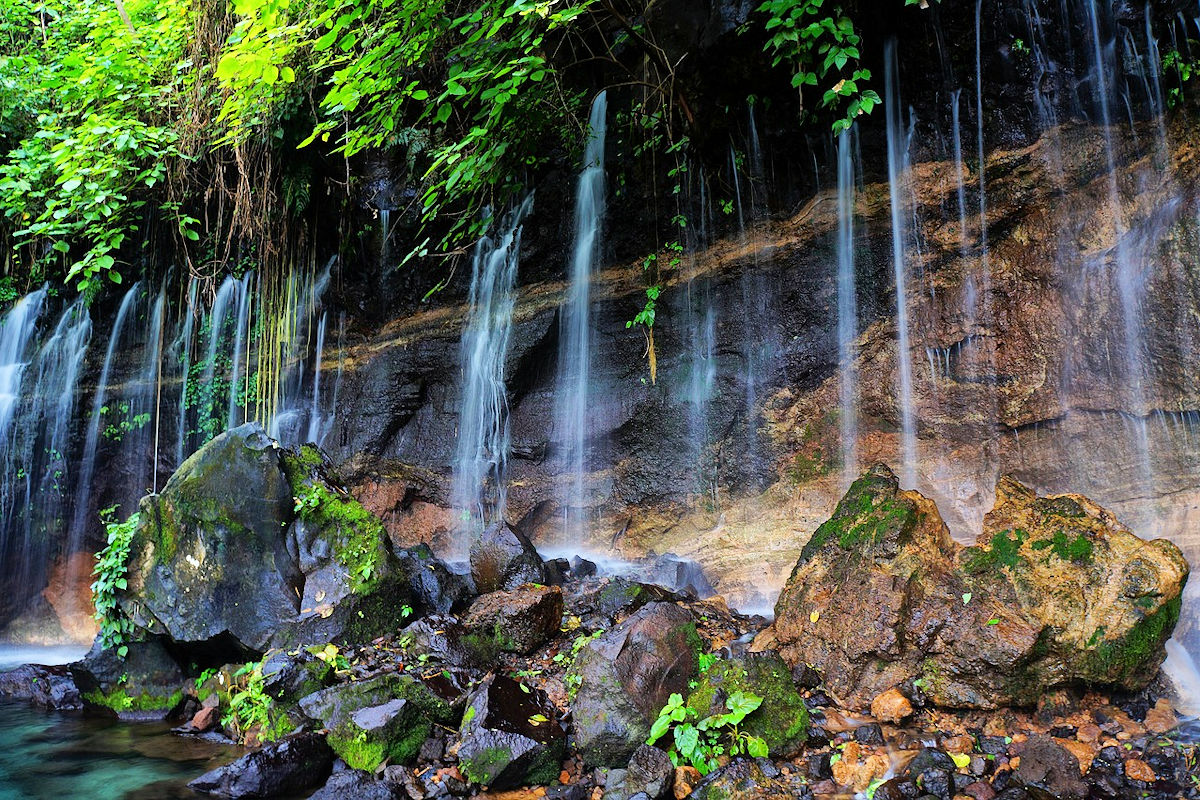
Finally, we have very north, the Sierra Apaneca-Lamatepec, where the highest towns of El Salvador are located. Its forests and coffee plantations are unparalleled. You can do some hiking to enjoy an adventure surrounded by wildlife and significant vegetation.
Destinations near Ahuachapán Department
Ahuachapán has tourist attractions so diverse that they adapt to everyone’s tastes. And being in the western part of the country, it joins the departments of Santa Ana and Sonsonate to provide a better experience to its visitors.

That said, one of the places you should include in your itinerary is Coatepeque Lake. In its more than 26 km2, it shows itself as an oasis housing in its interior the islands of Los Anteojos and Isla del Cerro open to the public.
Another attraction is Los Cóbanos Beach, where you can enjoy several hours of immersive water activities. If you prefer, you can reach the highest point and visit the famous garden among the clouds in Montecristo National Park.

On your tour, you can also visit Cerro Verde, a volcano with the best view of the Ilamatepec Volcano, the highest volcano in El Salvador. You can finish your tour at the Atecozol Turicenter, Los Chorros de la Caldera or go up to the Izalco Volcano to see the Pacific Ocean from there.
History of Ahuachapán Department
According to historical data, the first inhabitants of the Ahuachapán Department were the Pokoman Maya in the 5th century. They were displaced centuries later by the Pipils and later by the Spaniards.

On the other hand, its name in Nahuatl means “River of dew,” although nowadays, it is better known as the “City of the Ausoles.” After the conquest in 1823, it received the title of town in the middle of the struggle for independence. But it was not until 1862 that it gave it the city denomination.
However, Ahuachapán, from the beginning, has been considered one of the most important departments in the agricultural sector. Given its high level of productivity in the cultivation of coffee, cotton, and indigo, it has strengthened the country’s economy.
Geography and municipalities of the Ahuachapán Department
Ahuachapán Department is bordered to the north by Guatemala. In the south by Sonsonate, to the east by Santa Ana, and to the west by the Pacific Ocean. Its total area is more than 1239 km2, divided into an urban area of just over 5 km2 and a rural area for the rest.
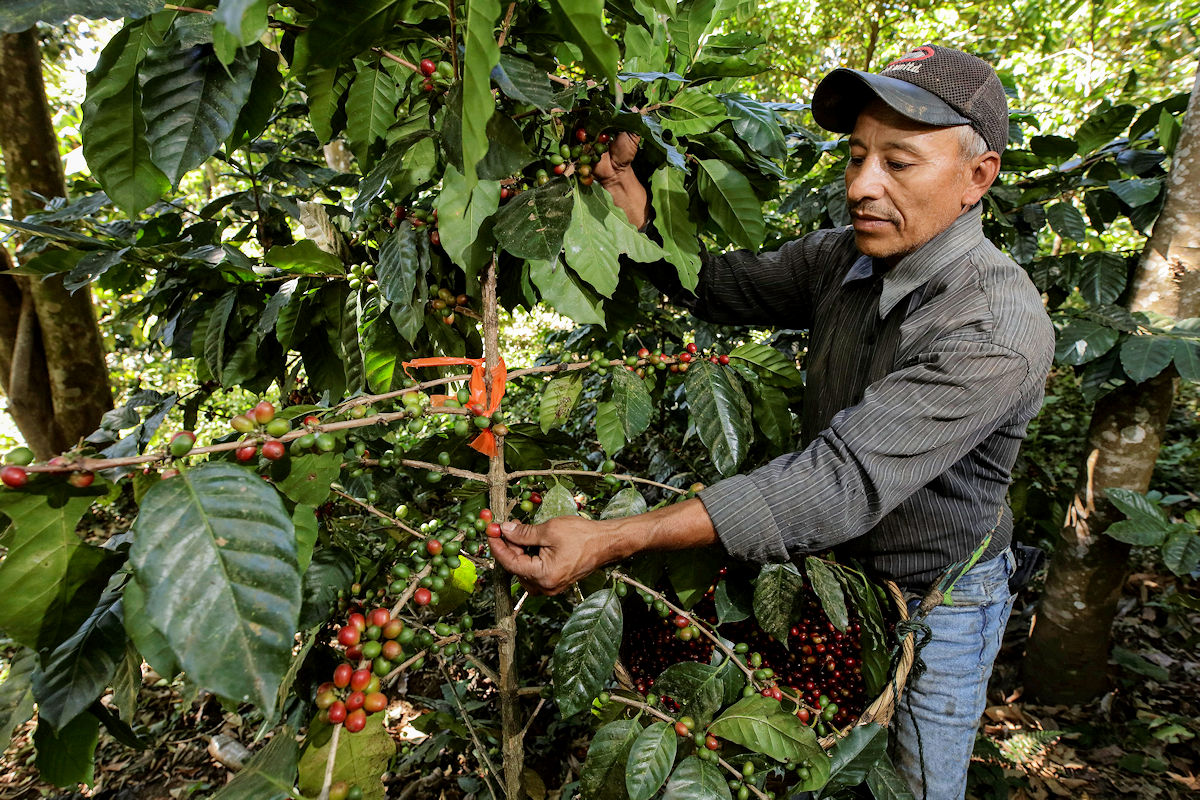
Its mountain range is formed by the Sierra Apaneca, which comprises the Apaneca Mountain and Volcano, Cerro Ataco, Cerro de Oro, and Los Alpes. On the other hand, its main tributary, Río Paz, is also the border between El Salvador and Guatemala.
In turn, it has a political territorial distribution based on 12 municipalities, which are:
- Ahuachapán, the capital of the department, with 30 cantons.
- Apaneca with seven cantons.
- Atiquizaya with 14 cantons.
- Concepción de Ataco with 11 cantons.
- El Refugio with 3 cantons.
- Guaymango with 14 cantons.
- Jujutla with 13 cantons.
- San Francisco Menéndez with 9 cantons.
- San Lorenzo with six cantons.
- San Pedro Puxtla with 6 cantons.
- Tacuba with 14 cantons.
- Turin with two cantons.
Climate, flora and fauna
The type of climate in Ahuachapán is tropical and humid, so summer rains are widespread. Its approximate annual temperature is 21.9 C°, while rainfall is measured at 1544 mm.
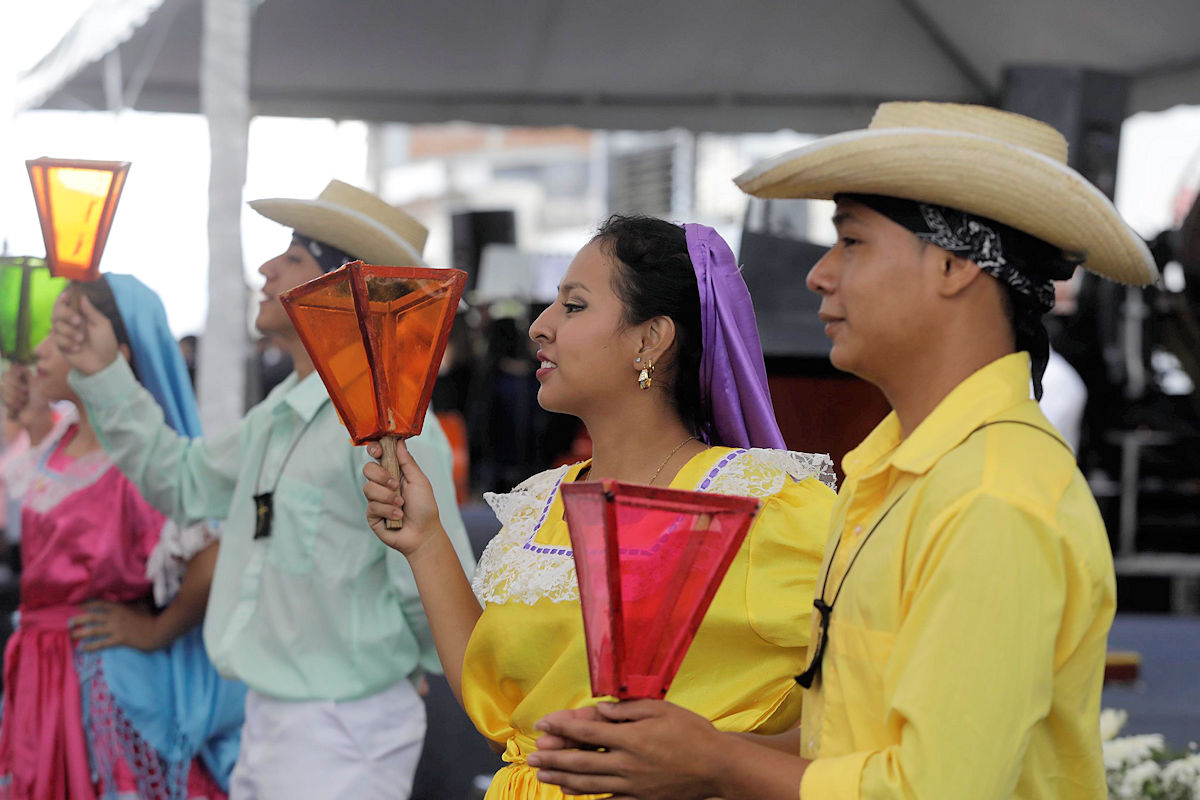
On the other hand, a department is a place destined for the protection of the different species that live here, and this is because it is the region with the most significant amount of fauna and flora in the country.
The flora is characterized by its dense forests, with more than 400 varieties of hardwood trees, such as cedar and oak, have been registered. As well as a mule, ojushte, and chimichaca, among others.
Finally, the wildlife comprises anteaters, curassows, and kings of zopes. In addition to ocelots, tepezcuintle, aquatic species, and other endangered animals.
Culture and customs in the Ahuachapán Department
One of the most important customs of Ahuachapán is the Festival de Los Farolitos, which dates back more than 150 years. This celebration is given on the occasion of the commemoration of the Nativity of the Virgin Mary. In 2014, it received the title of Intangible Cultural Heritage of El Salvador.
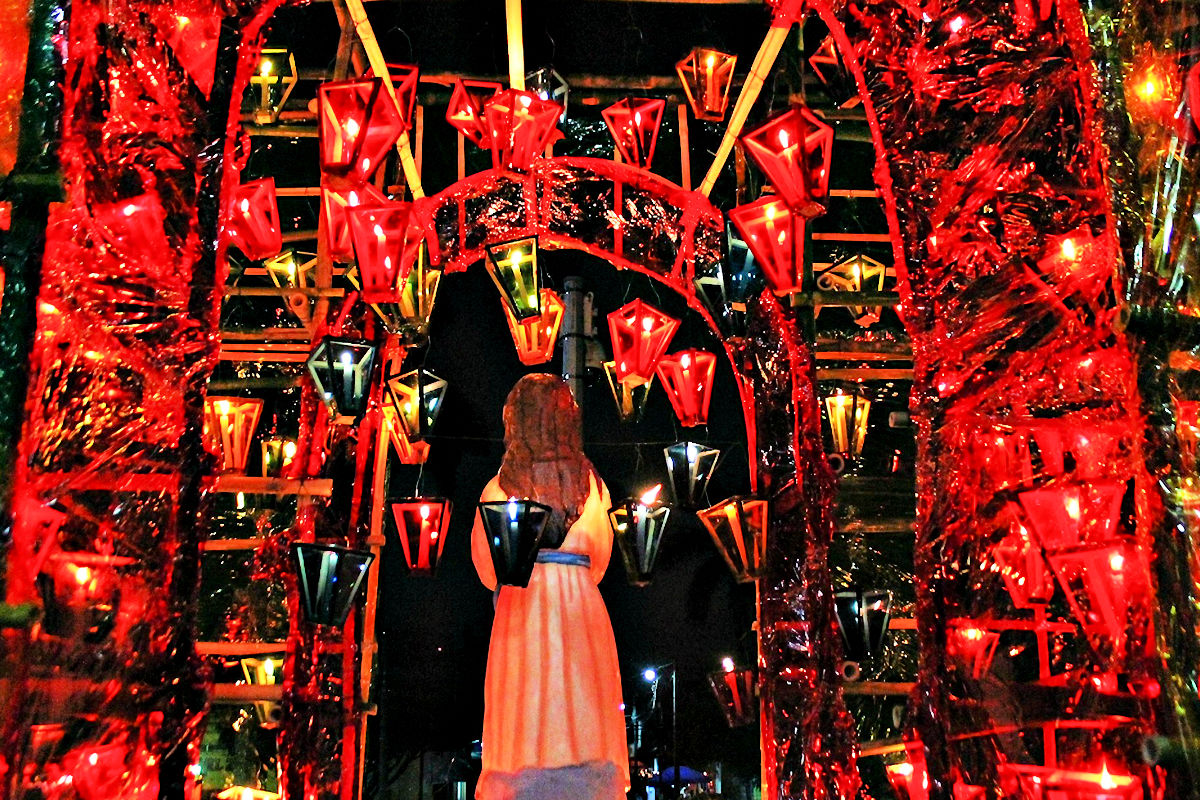
On the other hand, the handicrafts made here are an example of the traditions and culture of Ahuachapaneca. The Mayan technique of Payu ceramics and elaborating allusive religious images in wood from the municipalities of Apaneca and Concepción de Ataco stand out.
Festivals and gastronomy
Each of the 12 municipalities of the Ahuachapán Department has its own Patron Saint Festivities that occur throughout the year. To mention a few, we begin with the celebration of the Black Christ that takes place in Jujutla from January 8 to 18.

Now, if you are in Turin between March 17 and 19, you can enjoy the feast of St. Joseph. But if you want an unforgettable end of the year, the festivities in honor of the Immaculate Conception of Mary take place in two municipalities on different dates.
The first is celebrated between December 1 and 8 in Atiquizaya, while in Concepción de Ataco, it takes place from December 11 to 15.
Each of these festivities is the perfect time to try the typical dishes of El Salvador and Ahuachapán. The most important of all is the yucca accompanied by pork crackling.

As well as the pork in pinol, the tamales ticucos or even try the delicious atol de maíz tostado. Undoubtedly, you will have an unforgettable culinary experience. You already know in Ahuachapán, some adventures await you, and the best thing is that you will feel at home. The warmth of its people is like no other place in the world.
